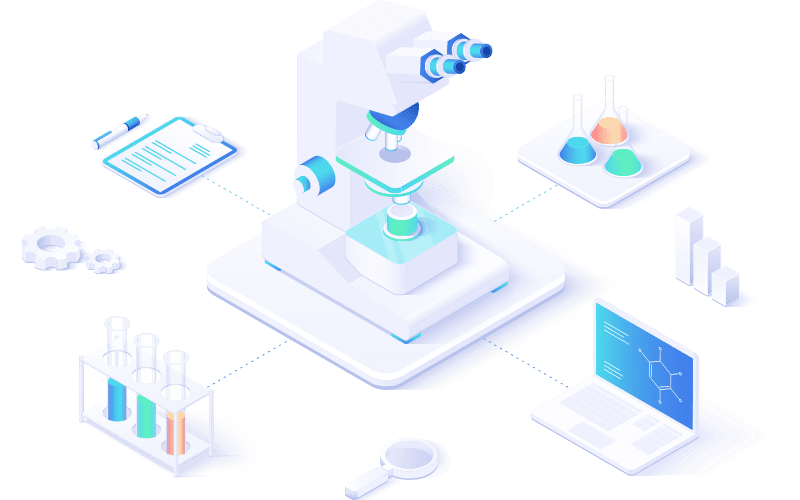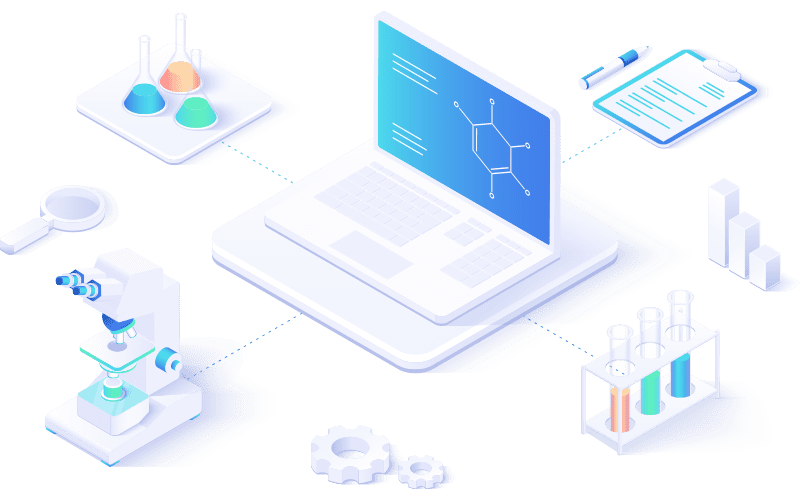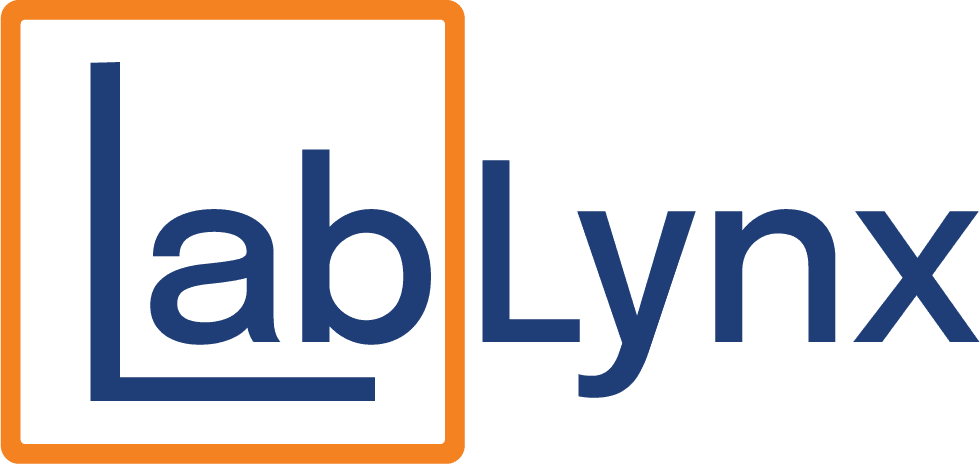
Laboratories are the backbone of clinical diagnostics, influencing millions of healthcare decisions every year. In such a critical role, even small errors in testing can have serious consequences. That’s why the U.S. federal government enforces the Clinical Laboratory Improvement Amendments (CLIA), a comprehensive set of standards to ensure quality and reliability in all laboratory testing performed on human specimens.
Whether you’re launching a new diagnostic facility or managing an established clinical lab, CLIA compliance is essential for legal operation, patient safety, and provider trust. In this article, we’ll explore what CLIA is, what compliance looks like in action, how to achieve certification, and how LabLynx laboratory software supports clinical labs in meeting and maintaining CLIA standards.
What Is CLIA?
Enacted in 1988, the Clinical Laboratory Improvement Amendments (CLIA) are federal regulations administered by the Centers for Medicare & Medicaid Services (CMS) in collaboration with the Food and Drug Administration (FDA) and the Centers for Disease Control and Prevention (CDC).
CLIA sets quality standards for all laboratory testing of human specimens for health assessment, diagnosis, prevention, or treatment—regardless of the lab’s size or location. These standards are designed to ensure the accuracy, reliability, and timeliness of test results. CLIA applies to approximately 300,000 laboratories in the U.S. and is required for any lab that reports patient-specific results to healthcare providers.
What CLIA Compliance Looks Like in the Lab
Achieving CLIA compliance is about far more than submitting paperwork—it’s about implementing a system of quality assurance and operational rigor across all aspects of laboratory testing. Here’s what CLIA compliance entails in practice:
Test Complexity Categorization: Labs must obtain a CLIA certificate based on the complexity of the tests they perform: waived, moderate complexity, or high complexity. Each category has specific requirements for personnel qualifications, procedures, and quality controls.
Personnel Standards: Depending on test complexity, labs must have appropriately qualified staff in designated roles such as Laboratory Director, Technical Consultant, Clinical Consultant, and Testing Personnel. Credentials must meet federal education and training criteria.
Proficiency Testing (PT): For moderate- and high-complexity testing, labs must enroll in approved proficiency testing programs to demonstrate accuracy. PT samples must be tested like regular patient specimens, and results must meet performance benchmarks.
Quality Control (QC) Procedures: CLIA requires labs to perform regular quality control on all equipment and testing processes. Documentation of calibration, control samples, and corrective actions must be maintained and available for inspection.
Standard Operating Procedures (SOPs): Every step of testing—from specimen collection to result reporting—must follow written SOPs. These procedures ensure consistency, reproducibility, and safety across the lab.
Recordkeeping and Documentation: Labs must maintain thorough documentation, including test results, quality control logs, personnel training, maintenance records, and incident reports. Records must be stored securely and retained for a defined period.
Inspections and Audits: CMS or authorized state agencies conduct inspections based on certificate type and compliance history. High-complexity labs are typically inspected every two years.
Key Components of CLIA
- CLIA Certificate: Required for any lab testing human specimens. Types include Certificate of Waiver, Certificate for Provider-Performed Microscopy, and Certificate of Compliance or Accreditation.
- Test Categorization: Tests are categorized by complexity, and labs must adhere to the applicable standards for their testing level.
- Personnel Qualifications: Each role in the lab must meet minimum education and experience standards depending on test complexity.
- Quality Assurance: Labs must maintain ongoing QC procedures, participate in proficiency testing, and document corrective actions.
- Patient Test Management: Procedures must ensure proper specimen collection, identification, result verification, and timely reporting.
- Facility and Safety Standards: Labs must meet requirements for cleanliness, equipment maintenance, and safe handling of biological specimens.
How to Achieve CLIA Compliance
- Determine Test Complexity: Identify the types of tests your lab will perform and their corresponding CLIA complexity classification.
- Apply for a CLIA Certificate: Submit CMS Form 116 and applicable fees to your state’s CLIA program or CMS regional office.
- Establish SOPs and QC Procedures: Develop detailed documentation for every aspect of testing and quality assurance.
- Hire Qualified Personnel: Ensure staff meet the credentialing requirements for the tests being performed.
- Enroll in Proficiency Testing: For non-waived testing, join a CMS-approved PT program and integrate testing into your workflow.
- Prepare for Inspection: Maintain organized records and ensure your lab is audit-ready at all times.
- Implement Lab Software: Use a secure LIMS to manage test data, training records, SOPs, QC logs, and compliance tracking efficiently.
Common CLIA Compliance Challenges
- Incomplete Documentation: Missing logs, outdated SOPs, or undocumented QC activities can lead to compliance violations.
- Unqualified Staff: Employing individuals who don’t meet CLIA’s education or experience requirements may jeopardize certification.
- Neglecting Proficiency Testing: Failure to enroll in or perform PT can result in sanctions or loss of certification.
- Manual Recordkeeping: Paper-based systems are prone to errors, loss, and difficulty during audits.
- Outdated Equipment Maintenance: Uncalibrated or poorly maintained instruments may produce inaccurate test results.
How LabLynx Helps Laboratories Maintain CLIA Compliance
LabLynx delivers powerful, configurable laboratory information management systems (LIMS) that help clinical labs automate and enforce CLIA compliance at every level. Our solutions simplify documentation, streamline workflows, and provide the data integrity needed to satisfy inspectors and auditors.
- CLIA-Aware Workflow Automation: Automate test protocols, reporting, and quality checks based on your lab’s CLIA certification level.
- Personnel and Training Tracking: Maintain digital records of staff credentials, roles, training, and ongoing qualifications.
- Quality Control Management: Schedule, document, and monitor QC activities, instrument calibrations, and corrective actions.
- Proficiency Testing Integration: Track PT participation and results for quick reference during audits and inspections.
- Secure Electronic Records: Ensure ALCOA+ compliance with audit trails, role-based access, and encrypted data storage.
- SOP Management: Store, version, and enforce SOPs within your workflow to ensure process consistency and transparency.
Deliver Accuracy and Confidence with CLIA-Compliant Software
CLIA compliance is essential for delivering reliable test results and maintaining the trust of patients, providers, and regulators. LabLynx makes compliance not only achievable—but sustainable and efficient. With a robust LIMS designed to align with clinical testing requirements, your lab can reduce risk, improve accuracy, and operate with confidence.
Whether you’re applying for CLIA certification, expanding your testing menu, or preparing for your next inspection, LabLynx is your trusted partner in laboratory quality and compliance.
Ready to Streamline CLIA Compliance?
Request a demo or connect with our team to learn how LabLynx supports clinical labs across every phase of CLIA compliance.
Accelerate Your Lab's Success & Experience LabLynx
"*" indicates required fields
Explore the LabLynx Suites

LIMS Suite
Seamless Sample and Workflow Management
The LabLynx LIMS Suite empowers laboratories with the tools needed to manage samples, workflows, compliance, and more in one centralized system. It’s the backbone for labs seeking efficient, reliable, and scalable management solutions.

ELN Suite
The LabLynx ELN Suite offers a modern approach to managing lab data and experiments. With its secure, intuitive platform, your team can record, store, and collaborate effortlessly, supporting innovation every step of the way.

Lab Automation
Automate for Efficiency and Growth
Streamline operations and boost productivity with the LabLynx Lab Automation Suite. Designed for labs ready to embrace advanced automation, this suite integrates systems, instruments, and workflows to deliver efficiency at scale.

